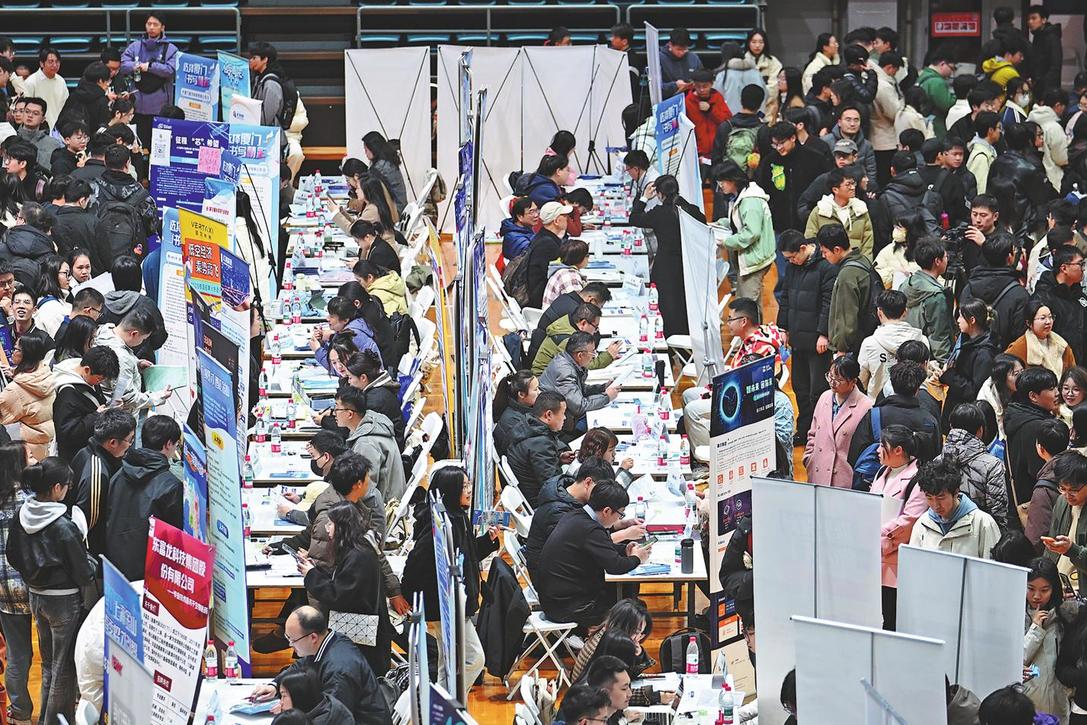All aboard for a 3,000-year journey
In the city of Anyang history is the big drawcard. Make no bones about it, Xu Lin reports.
By Xu Lin | China Daily | Updated: 2021-10-23 09:57

Today it is among the precious objects of the National Museum of China in Beijing, together with some bronze items from Fuhao's tomb.
In the National Museum of Chinese Writing in Anyang you will be able to further explore the history and evolution of Chinese characters, including exhibits of inscriptions on ancient oracle bones, bronze objects and pottery.
There are also exhibitions about written languages of China's ethnic minority groups and the development of printing techniques, such as movable type printing, one of the four great inventions in ancient China.
The Ruins of the City of Youli is the site of the first national prison recorded in Chinese history. King Zhou, the last ruler of the Shang Dynasty, imprisoned King Wen of the Western Zhou Dynasty (c. 11th century-771BC) there for seven years. King Wen's son later overthrew Shang and founded the Western Zhou Dynasty.
Legend has it that King Wen wrote part of The Book of Changes and expanded the hexagram combinations of the traditional Eight Trigrams to 64 during his imprisonment.
The book, one of the oldest classics in China, covering traditional Chinese philosophy such as dialectics, was originally used as a divination guide. Confucius was an avid reader of the book and taught his students about his in-depth interpretations of the life philosophy in it.
Another attraction is a temple rebuilt more than 500 years ago in memory of King Wen, with inscriptions on monuments or tablets by emperors and government officials during the Ming Dynasty (1368-1644) and the Qing Dynasty (1644-1911).
In a large modern maze built based on the Eight Trigrams, tourists can enjoy themselves and compete to be the first to find the exit.
Another historic site in the city is the tomb of Yuan Shikai (1859-1916), a key figure in Chinese politics in the early 20th century.
His tomb was built in Anyang based on his last will. After passing by some traditional Chinese architecture of red walls and green tiles, it may come as a surprise to find that the tomb itself was built in a Western style, with a large iron gate.























